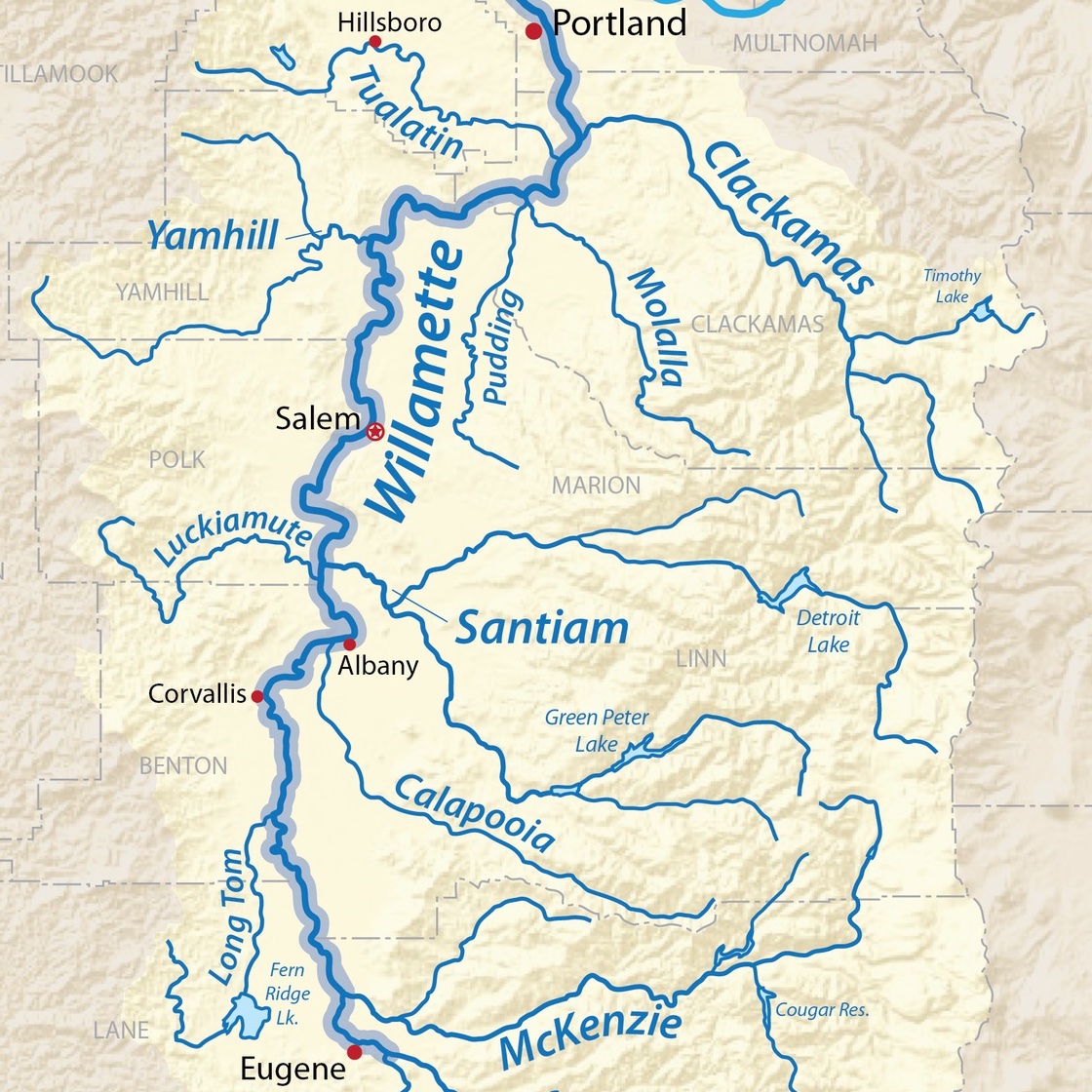Watershed Councils
Overview
Watershed councils are locally-driven, collaborative organizations dedicated to protecting, maintaining, and restoring the ecological health of specific watersheds within a geographic region. In the North Willamette Valley, these councils play a critical role in environmental conservation, water quality management, and community engagement.
Role and Functions
Watershed councils typically serve several key functions:
- Environmental Monitoring: Conducting regular assessments of water quality, stream health, wildlife populations, and ecosystem conditions within their specific watershed boundaries.
- Restoration Projects: Developing and implementing projects that:
- Restore riparian habitats
- Improve stream conditions
- Reduce erosion
- Enhance wildlife corridors
- Manage invasive species
- Community Education: Providing educational programs about watershed health, local ecology, and sustainable environmental practices.
- Collaborative Planning: Working with local governments, landowners, farmers, tribal nations, and other stakeholders to develop comprehensive watershed management strategies.
- Grant Management: Securing and administering funding for environmental restoration and conservation projects.
Watershed Councils in the North Willamette Valley
- Clackamas River Basin Council
- Columbia Slough Watershed Council
- Greater Oregon City Watershed Council
- Greater Yamhill Watershed Council
- Johnson Creek Watershed Council
- Molalla River Watch Watershed Council
- Sandy River Watershed Council
- Tryon Creek Watershed Council
- Tualatin Watershed Council
Importance
Watershed councils are crucial for:
- Protecting local water resources
- Maintaining biodiversity
- Mitigating environmental impacts of urban and agricultural development
- Promoting sustainable land and water management practices
Getting Involved
Individuals can support watershed councils through:
- Volunteer opportunities
- Community science programs
- Attending public meetings
- Participating in restoration events
- Donating to local watershed conservation efforts
Funding and Support
These councils are typically funded through a combination of:
- Local government grants
- State and federal environmental programs
- Private donations
- Community fundraising events
